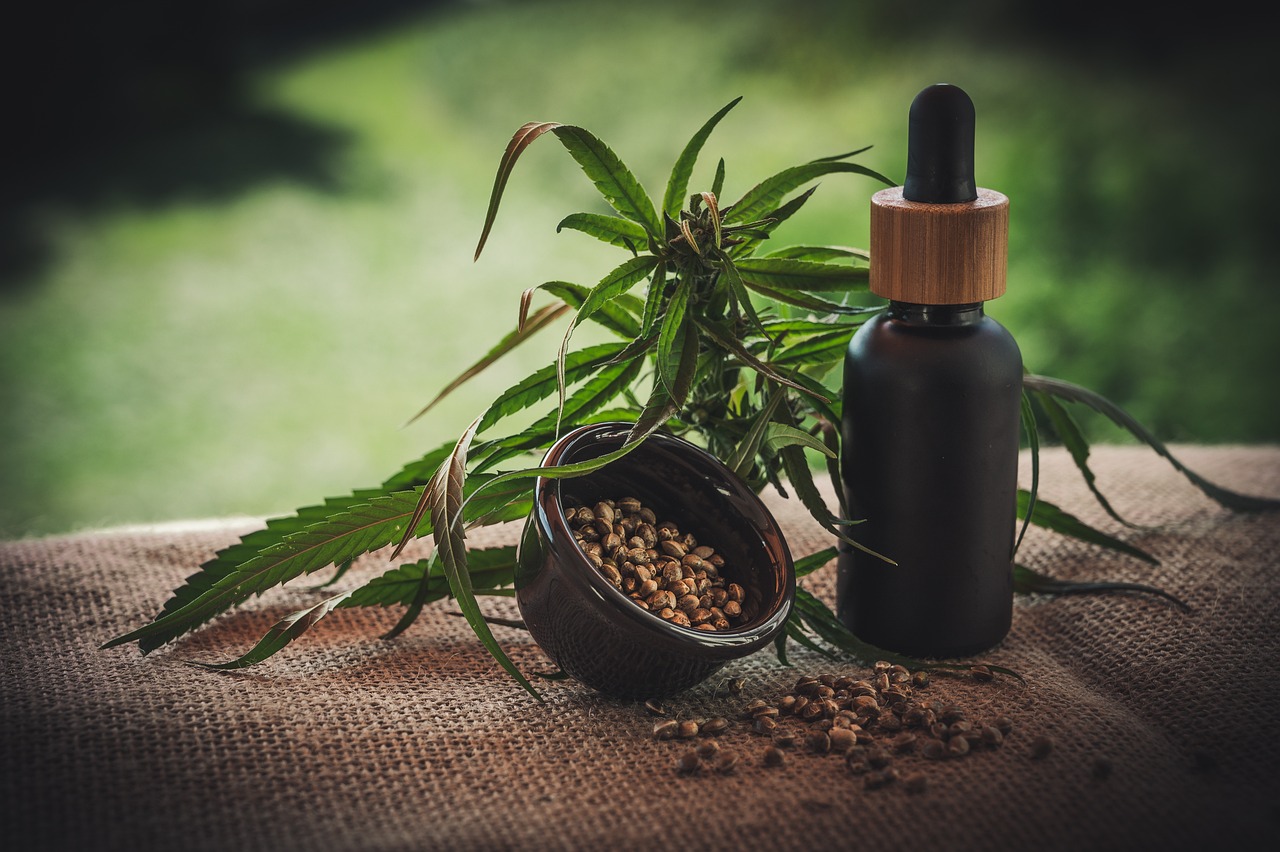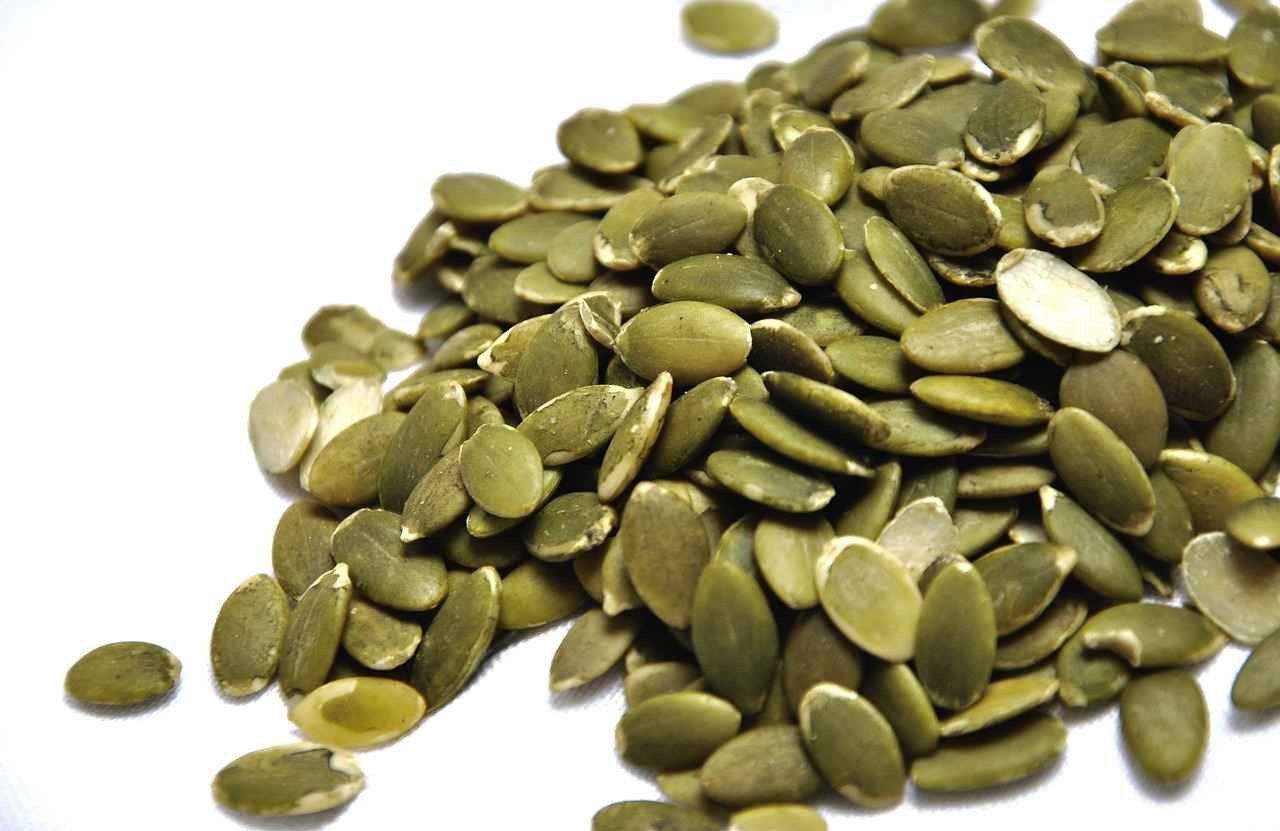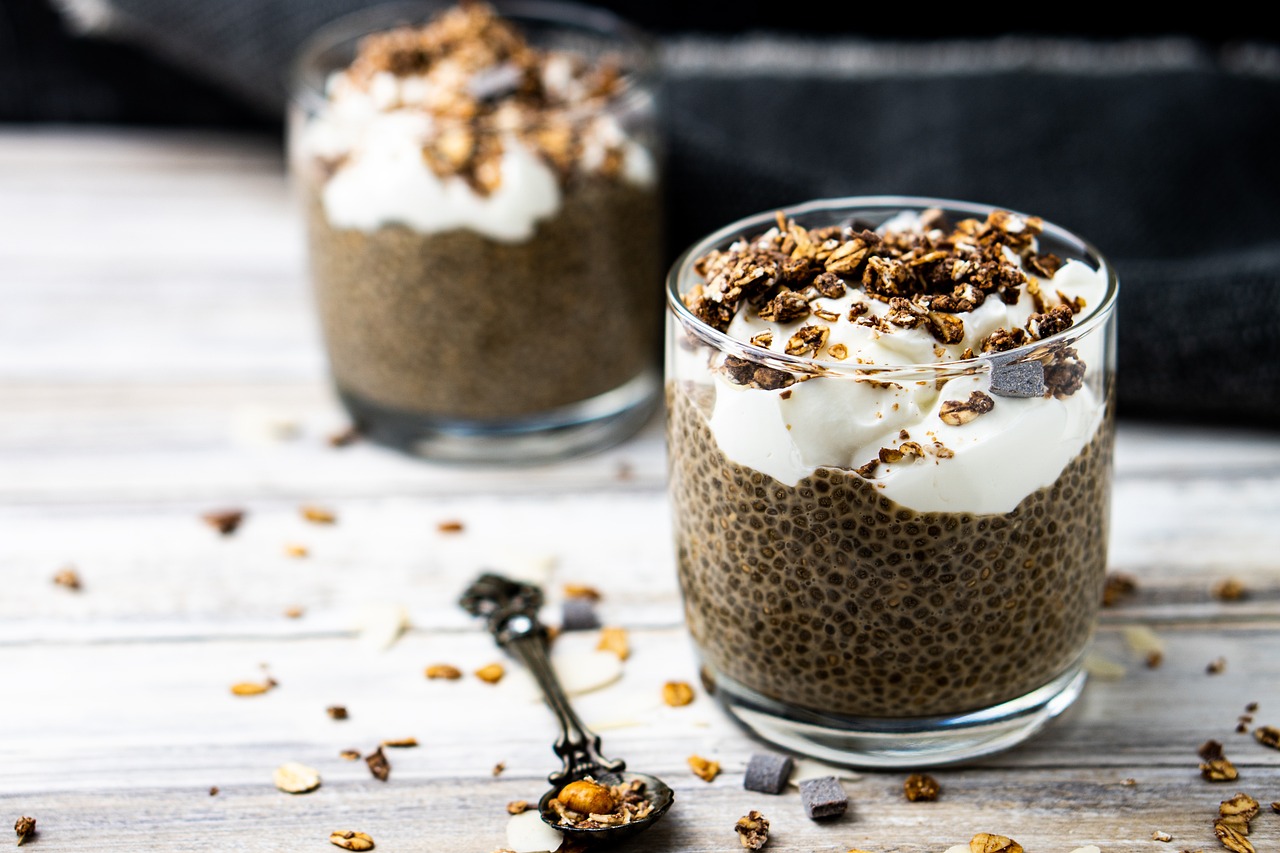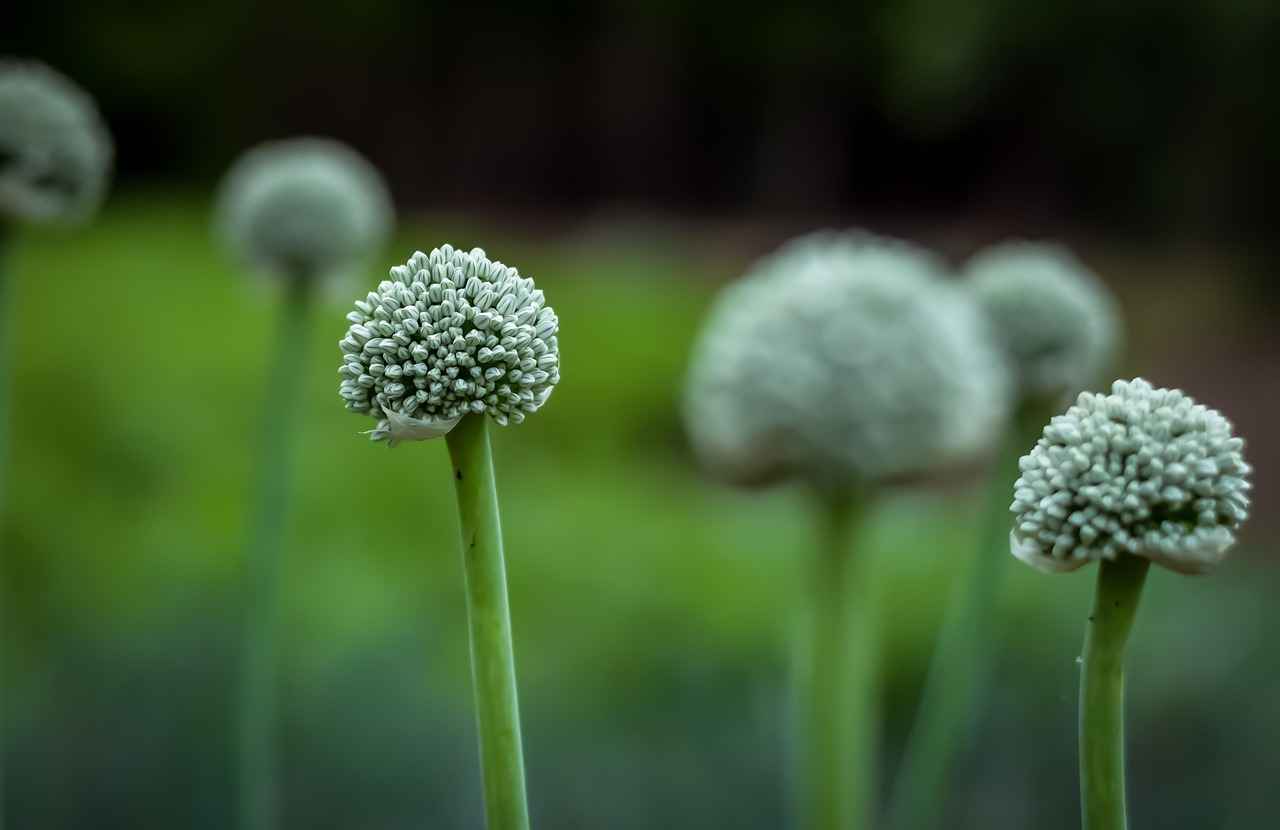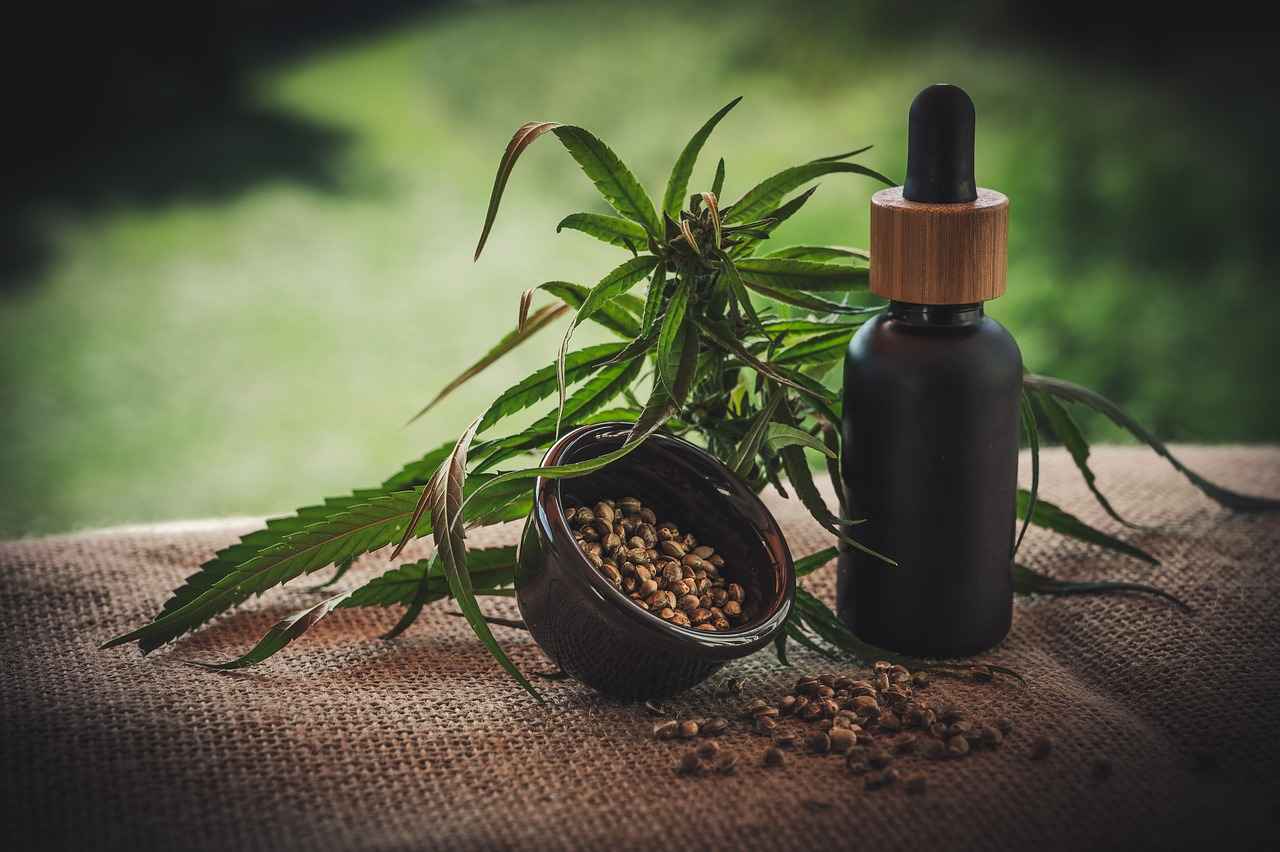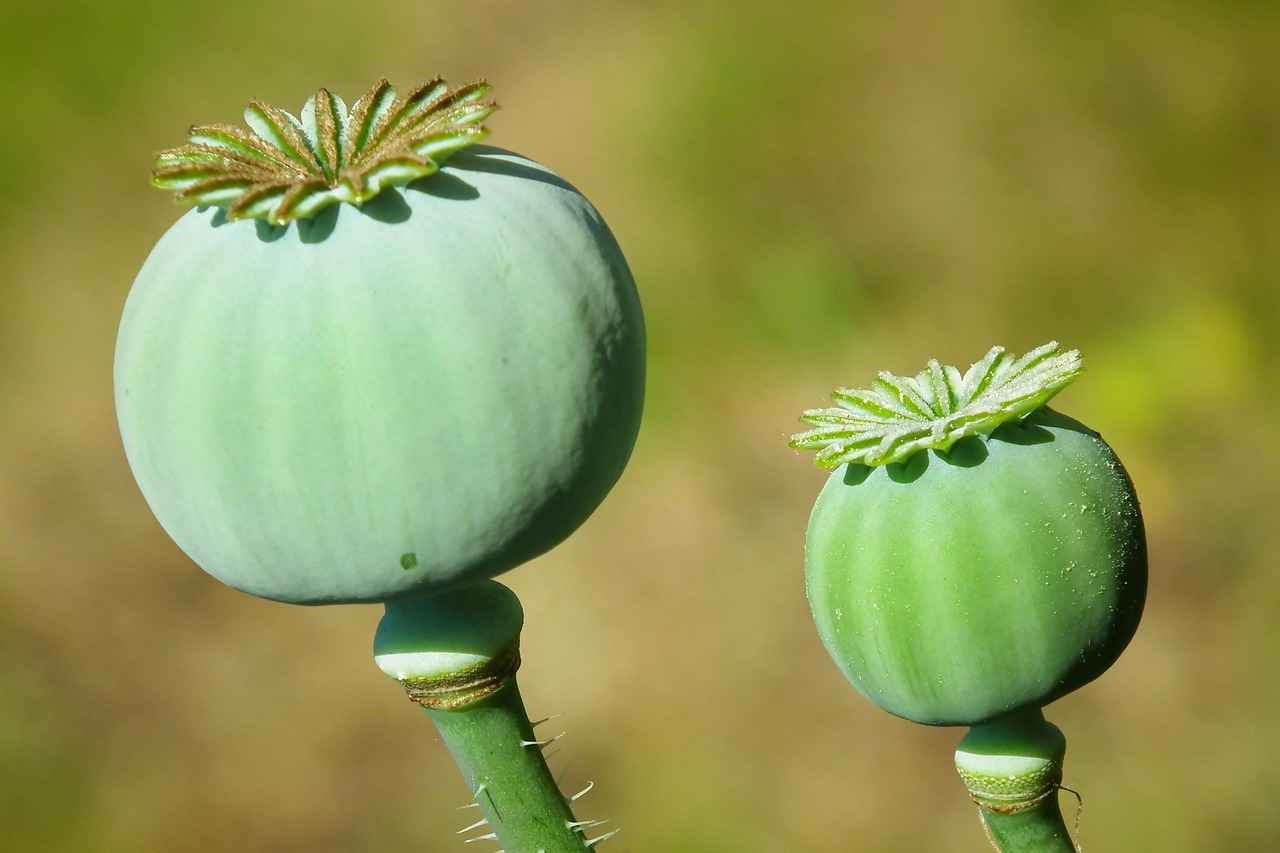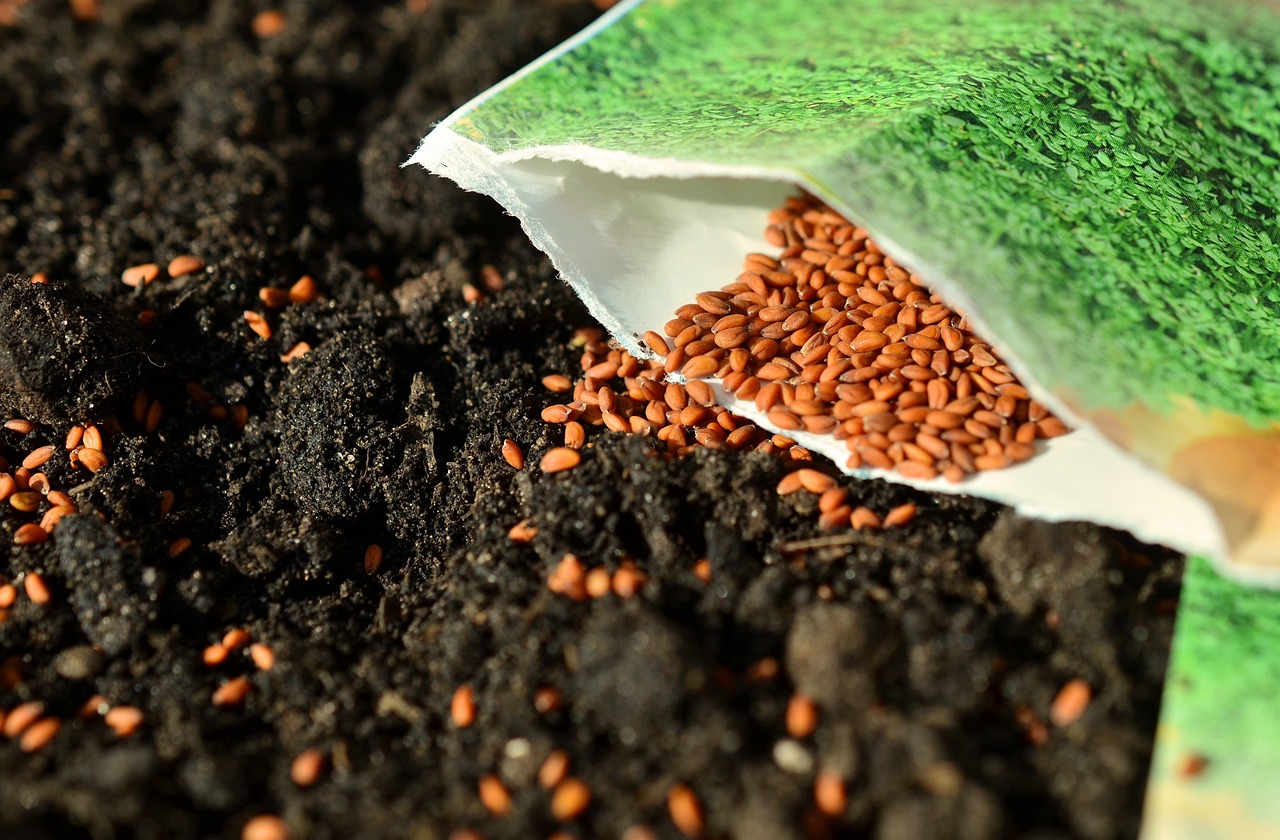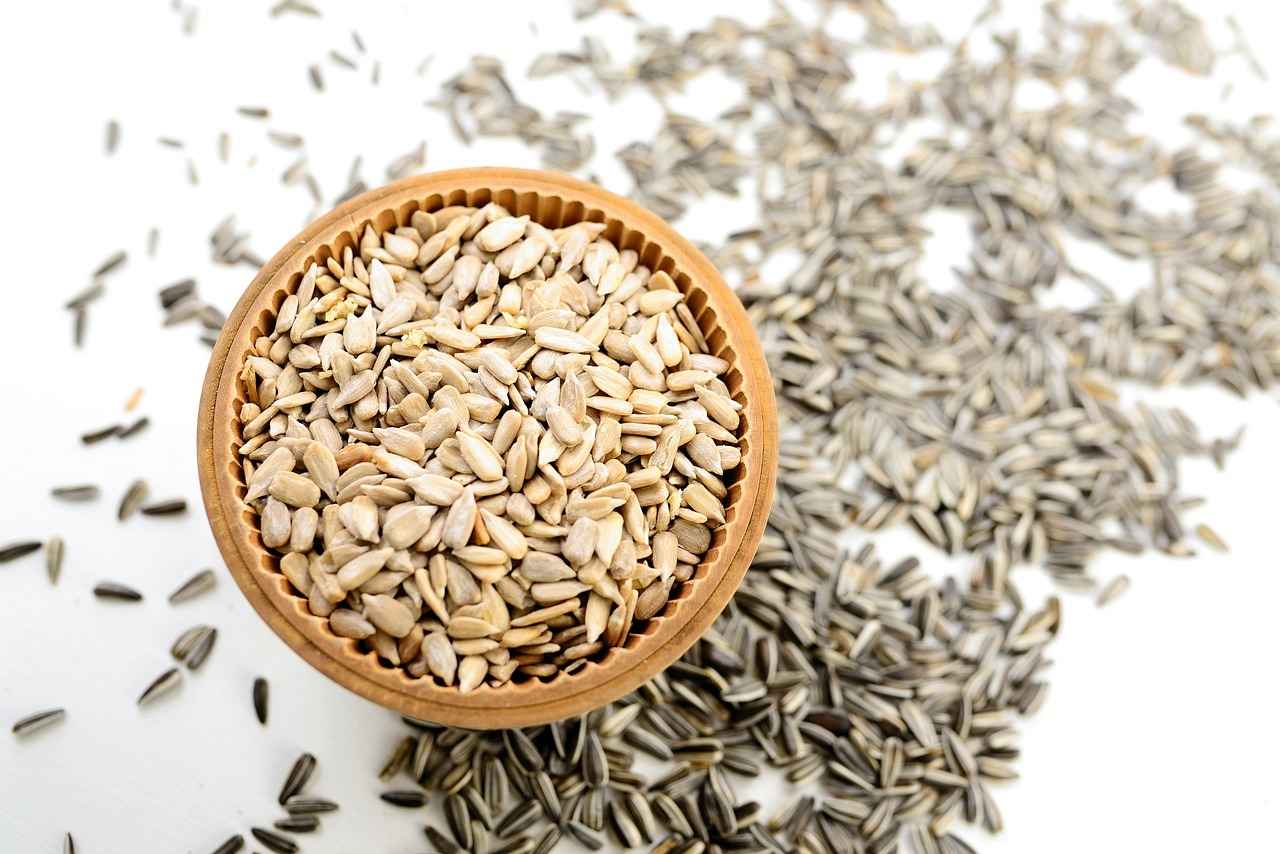Chia seeds have gained significant attention in recent years as a powerful addition to weight loss diets. These tiny seeds are not only versatile but also packed with essential nutrients that can help you achieve your weight loss goals. In this article, we will explore effective ways to incorporate chia seeds into your diet, highlighting their nutritional benefits and offering practical tips for usage.
Chia seeds, derived from the Salvia hispanica plant, are a rich source of fiber, protein, and omega-3 fatty acids. A single ounce (about 28 grams) contains approximately:
| Nutrient | Amount |
|---|---|
| Calories | 137 |
| Protein | 4 grams |
| Fiber | 11 grams |
| Omega-3 Fatty Acids | 5 grams |
This nutrient density makes chia seeds an excellent choice for those looking to lose weight while maintaining a balanced diet.
One of the primary reasons chia seeds are effective for weight loss is their high fiber content. When consumed, chia seeds absorb liquid and expand in your stomach, promoting a feeling of fullness and reducing appetite. This can lead to lower overall calorie intake throughout the day.
Integrating chia seeds into your meals is simple and can be done in various ways:
- Add them to smoothies for an extra nutritional boost.
- Sprinkle them on salads for added crunch and health benefits.
- Mix them into baked goods like muffins and bread.
- Prepare chia pudding as a healthy snack or breakfast option.
To maximize their benefits, it is recommended to soak chia seeds in water or other liquids for at least 30 minutes before consumption. This process allows them to absorb the liquid and create a gel-like consistency, making them easier to digest and enhancing their satiety effects.
Absolutely! Adding chia seeds to your smoothies not only boosts their nutritional profile but also makes them more filling. This can help curb cravings and prevent overeating later in the day.
While chia seeds are generally safe for most people, consuming them in excessive amounts without adequate hydration can lead to digestive discomfort. It’s essential to drink plenty of water when incorporating them into your diet.
A typical serving size is about 1-2 tablespoons per day. This amount provides sufficient nutrients while helping you manage your caloric intake effectively.
There are countless delicious recipes that utilize chia seeds. Some popular options include:
- Chia Pudding: Combine chia seeds with almond milk and your favorite sweetener for a tasty dessert.
- Energy Bars: Mix chia seeds with oats, honey, and nuts for a nutritious snack.
- Chia Jam: Blend fresh fruit with chia seeds to create a healthy jam alternative.
Chia seeds are often compared to other superfoods like flaxseeds and hemp seeds. While each offers unique benefits, chia seeds stand out for their versatility and high fiber content, making them a preferred choice for many health enthusiasts.
Nutritionists suggest incorporating chia seeds into a balanced diet, emphasizing their role in enhancing overall health. When combined with regular exercise and healthy eating habits, chia seeds can significantly support your weight loss goals.

What Are Chia Seeds and Their Nutritional Benefits?
Chia seeds, derived from the Salvia hispanica plant, are remarkably tiny yet powerful seeds that have gained immense popularity in the health and wellness community. These seeds are not only versatile but also packed with essential nutrients, making them a fantastic addition to any diet, especially for those looking to manage their weight.
One of the most notable features of chia seeds is their high fiber content. Just two tablespoons of chia seeds contain approximately 10 grams of fiber, which is about one-third of the recommended daily intake for adults. This fiber is primarily soluble, which means it absorbs water and expands in your stomach, creating a feeling of fullness that can help curb appetite and reduce overall calorie consumption.
Moreover, chia seeds are an excellent source of plant-based protein. With about 4 grams of protein per serving, they provide a significant boost to your daily protein intake, which is crucial for muscle repair and overall health. This protein content, combined with their fiber, makes chia seeds a filling addition to meals, helping to stave off hunger and maintain energy levels throughout the day.
Another remarkable aspect of chia seeds is their rich content of omega-3 fatty acids. These essential fats are known for their anti-inflammatory properties and are vital for heart health. Chia seeds contain more omega-3 fatty acids than salmon, making them a fantastic choice for those following a vegetarian or vegan diet. This healthy fat can also support brain function and improve mood, further enhancing their appeal for weight loss.
In addition to fiber, protein, and omega-3s, chia seeds are loaded with essential minerals such as calcium, magnesium, and phosphorus. These minerals are crucial for bone health and metabolic function. For instance, a single serving of chia seeds provides about 18% of the daily recommended intake of calcium, which is vital for maintaining strong bones and teeth.
Furthermore, chia seeds are rich in antioxidants, which help combat oxidative stress and inflammation in the body. This antioxidant content can support overall health and may contribute to weight loss by promoting a healthier metabolism.
Incorporating chia seeds into your diet is both easy and delicious. They can be added to smoothies, yogurt, oatmeal, or even used as a thickening agent in soups and sauces. Their ability to absorb liquid and form a gel-like consistency allows for creative culinary uses, making them a versatile ingredient in both sweet and savory dishes.
In summary, chia seeds are a nutrient-dense superfood that offers a multitude of health benefits, particularly for those looking to lose weight. Their high fiber, protein, and omega-3 content, combined with essential minerals and antioxidants, make them an excellent choice for enhancing overall health while supporting weight management goals.
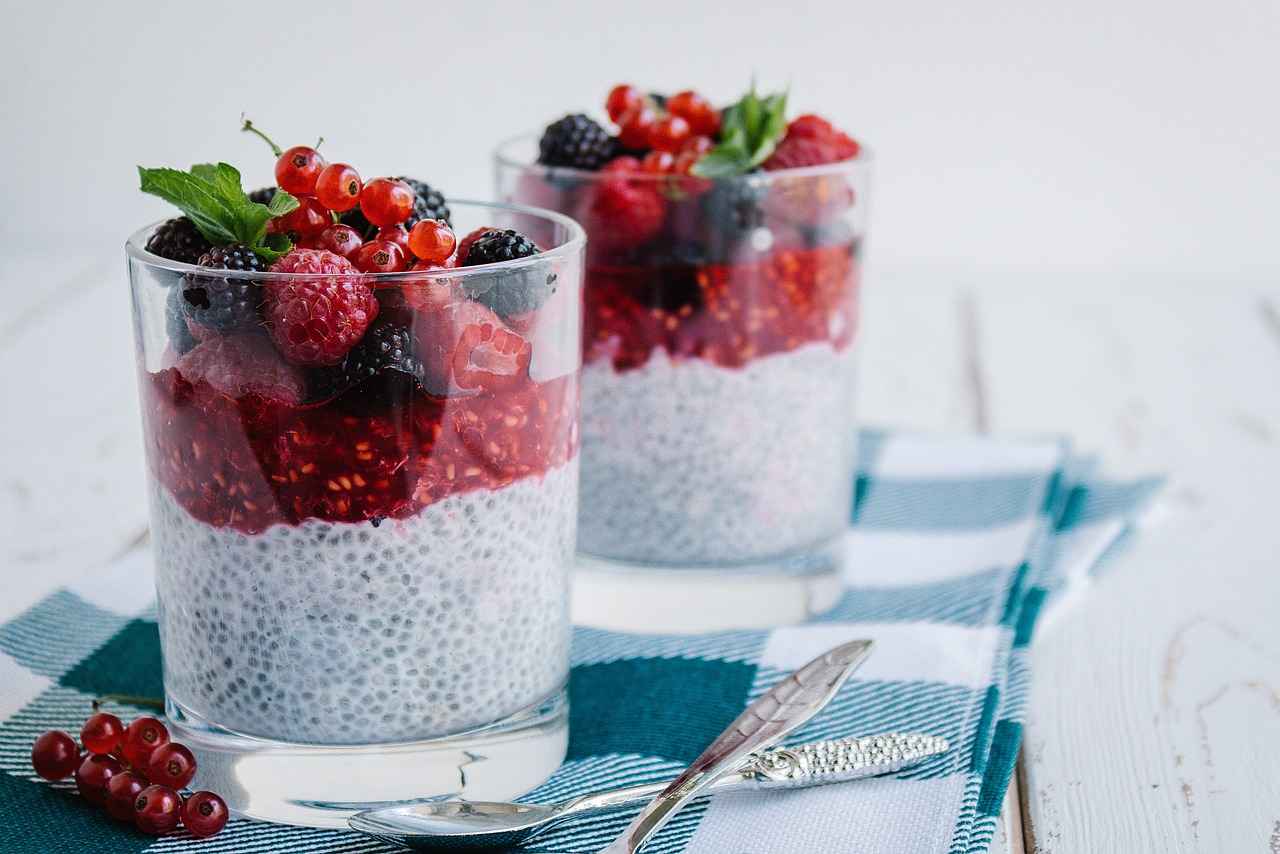
How Do Chia Seeds Aid in Weight Loss?
Chia seeds have gained significant attention in the health and wellness community, particularly for their potential role in weight loss. These tiny seeds are not just a passing trend; they are a powerhouse of nutrition that can help you achieve your weight management goals. In this section, we will explore how chia seeds aid in weight loss and why they should be a staple in your diet.
One of the primary reasons chia seeds are effective for weight loss is their high fiber content. A single ounce (about 28 grams) of chia seeds contains approximately 11 grams of fiber. This remarkable fiber content contributes to a feeling of fullness, or satiety, which can significantly reduce overall calorie intake. When you consume foods rich in fiber, like chia seeds, they absorb water and expand in your stomach, creating a gel-like substance. This process not only slows digestion but also prolongs the feeling of fullness, making you less likely to snack between meals.
Moreover, the soluble fiber found in chia seeds helps regulate blood sugar levels. By stabilizing blood sugar, chia seeds prevent sudden spikes and crashes that can lead to cravings and overeating. This means that incorporating chia seeds into your meals can help maintain steady energy levels throughout the day, reducing the likelihood of reaching for unhealthy snacks.
In addition to fiber, chia seeds are a source of protein. Protein is another important nutrient that promotes satiety. Including protein-rich foods in your diet can help curb hunger and reduce the overall amount of food you consume. With about 4 grams of protein per ounce, chia seeds can contribute to your daily protein intake, making them a valuable addition to meals and snacks.
Chia seeds are also rich in omega-3 fatty acids, which have been shown to support heart health and reduce inflammation. While these fatty acids do not directly contribute to weight loss, they can enhance overall health, making it easier for individuals to stick to their weight loss goals. When you feel good physically, you are more likely to engage in regular exercise and make healthier food choices.
Another benefit of chia seeds is their versatility. They can be easily incorporated into a variety of dishes, from smoothies and salads to baked goods and puddings. This makes it easier to include them in your diet without feeling restricted or bored with your food choices. For instance, adding a tablespoon of chia seeds to your morning smoothie not only boosts its nutritional value but also makes it more filling, helping you stay satisfied until your next meal.
It’s important to note that while chia seeds can aid in weight loss, they should be consumed in moderation. A typical serving size is about 1-2 tablespoons per day. Overconsumption can lead to digestive discomfort, particularly if not accompanied by adequate hydration. Therefore, it is essential to drink plenty of water when incorporating chia seeds into your diet.
In summary, chia seeds are a powerful ally in your weight loss journey. Their high fiber and protein content, combined with their ability to promote satiety, make them an excellent addition to any weight loss plan. By understanding how chia seeds aid in weight loss and incorporating them into your daily meals, you can take a significant step towards achieving your health and wellness goals.
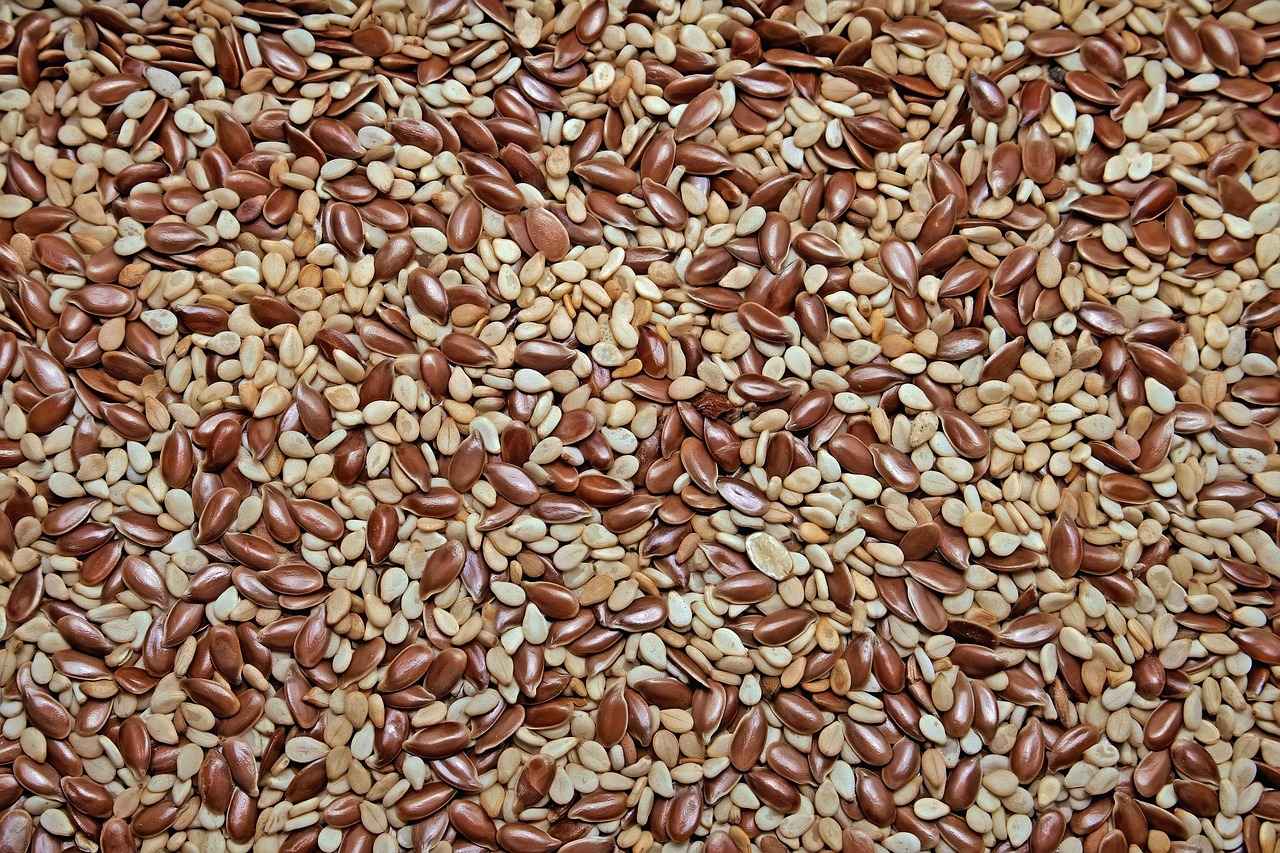
How to Incorporate Chia Seeds into Your Daily Diet?
Incorporating chia seeds into your daily diet can be both easy and enjoyable. These tiny seeds are not only packed with essential nutrients but also offer a versatile way to enhance your meals. Here are some effective methods to add chia seeds to your everyday foods:
- Smoothies: Adding chia seeds to your smoothies is a fantastic way to boost their nutritional content. Simply blend 1-2 tablespoons of chia seeds with your favorite fruits, vegetables, and a liquid base like almond milk or yogurt. The seeds will absorb liquid and create a satisfying texture, making your smoothie more filling and nutritious.
- Salads: Sprinkle chia seeds over your salads for added crunch and health benefits. They can enhance the flavor and texture of your greens while providing a dose of omega-3 fatty acids and fiber. Consider mixing them with dressings or using them as a topping for a delightful crunch.
- Baked Goods: Chia seeds can be seamlessly integrated into your baking routine. Whether you’re making muffins, pancakes, or bread, substitute a portion of the flour with ground chia seeds. This not only adds nutrition but also moisture to your baked goods.
- Chia Pudding: One of the most popular ways to enjoy chia seeds is by making chia pudding. Mix 1/4 cup of chia seeds with 1 cup of your choice of milk (dairy or plant-based) and let it soak overnight. In the morning, you can add fruits, nuts, or honey for a delicious breakfast or snack.
- Soups and Stews: Stirring chia seeds into soups or stews can help thicken the consistency while boosting the nutritional value. They will absorb the flavors of the dish, making them a subtle yet effective addition.
- Energy Bars: Homemade energy bars can benefit from the inclusion of chia seeds. Combine oats, nuts, honey, and chia seeds for a nutritious snack that keeps you energized throughout the day.
When incorporating chia seeds into your diet, remember to drink plenty of water to help them expand and aid digestion. Starting with a small amount, like 1 tablespoon per day, is advisable, gradually increasing as your body adjusts.
Using chia seeds creatively can transform your meals, making them not only more enjoyable but also significantly healthier. With their nutritional benefits and versatility, chia seeds are a valuable addition to any diet.
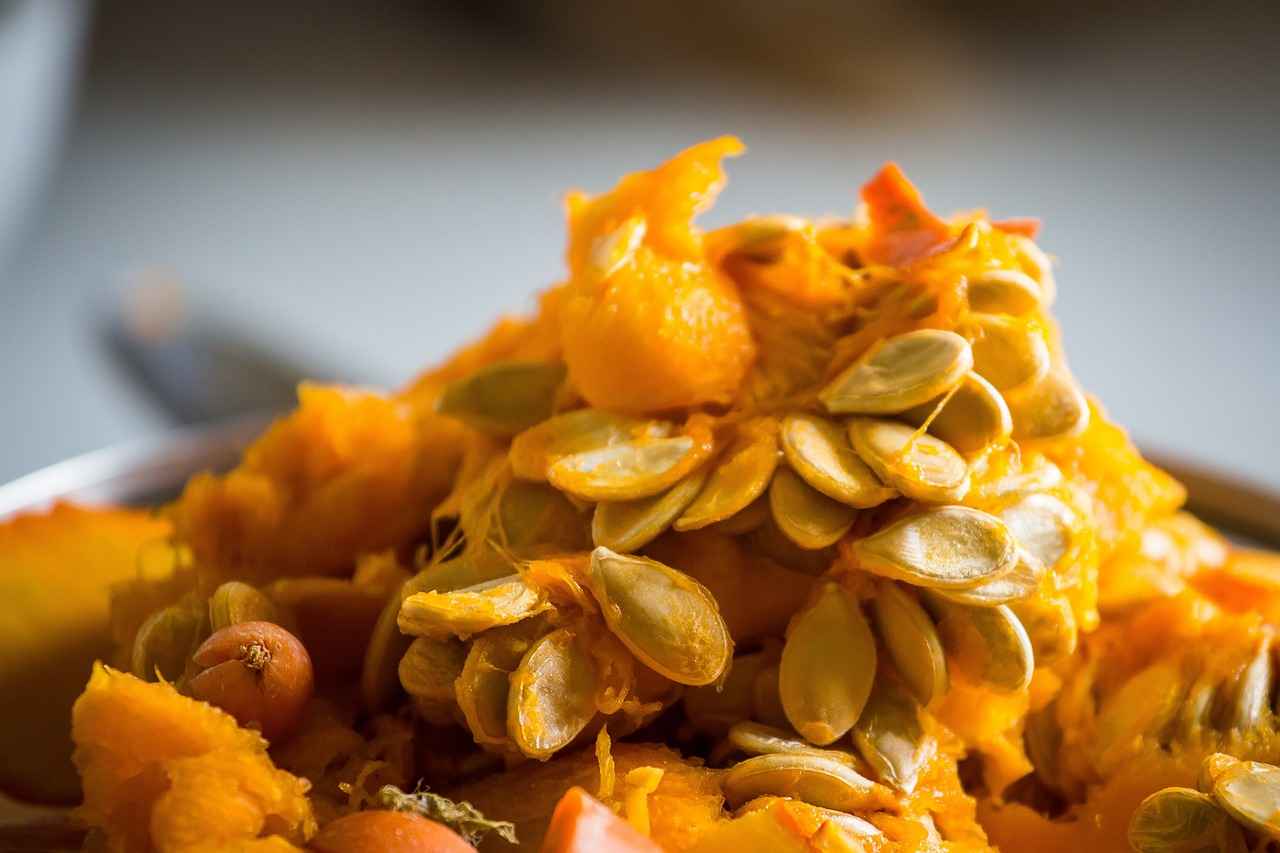
What is the Best Way to Prepare Chia Seeds?
When it comes to preparing chia seeds, one of the most effective methods is to soak them in water or other liquids. This process allows the seeds to expand significantly, resulting in a gel-like texture that can enhance a variety of dishes. Soaking chia seeds not only improves their digestibility but also maximizes their nutritional benefits. Below, we explore the best practices for preparing chia seeds to incorporate them into your diet effectively.
Soaking chia seeds is essential for several reasons:
- Enhanced Nutrient Absorption: Soaking activates the seeds, making it easier for your body to absorb their nutrients, including fiber, protein, and omega-3 fatty acids.
- Improved Digestion: The gel-like consistency formed during soaking helps to slow down digestion, promoting a feeling of fullness and aiding in weight management.
- Versatile Usage: Soaked chia seeds can be added to smoothies, oatmeal, yogurt, or even used as a thickening agent in soups and sauces.
The process of soaking chia seeds is simple and straightforward:
1. Measure out your desired amount of chia seeds (typically 1-2 tablespoons).2. Combine the seeds with 3-4 times the amount of liquid (water, almond milk, coconut water, etc.).3. Stir well to prevent clumping.4. Allow the mixture to sit for at least 30 minutes, or overnight for best results.5. Once the seeds have absorbed the liquid and formed a gel, they are ready to be used.
While water is the most common choice for soaking chia seeds, there are numerous alternatives that can add flavor and nutrients:
- Almond Milk: A great option for those seeking a dairy-free alternative.
- Coconut Water: Adds a hint of sweetness and additional electrolytes.
- Fruit Juices: Infuse the seeds with natural flavors, perfect for smoothies.
Once your chia seeds are soaked, the possibilities are endless:
- Chia Pudding: Mix soaked seeds with your choice of milk and sweetener for a delicious pudding.
- Smoothies: Add to smoothies for a nutrient boost and thicker consistency.
- Baked Goods: Incorporate into muffins or bread recipes for added fiber.
To get the most out of your chia seeds, consider the following tips:
- Experiment with Ratios: Adjust the liquid-to-seed ratio based on your desired thickness.
- Store Properly: Keep soaked chia seeds in the refrigerator and consume within a week for optimal freshness.
- Mix Well: Stir the seeds occasionally during the soaking process to ensure even hydration.
In summary, soaking chia seeds is a simple yet effective method to enhance their nutritional profile and versatility in meals. By following these preparation tips, you can easily incorporate chia seeds into your daily diet, making them a valuable ally in your weight loss journey.

Can Chia Seeds Be Used in Weight Loss Smoothies?
Chia seeds have gained immense popularity in the health and wellness community, particularly for their remarkable ability to enhance weight loss efforts. One of the most effective ways to incorporate these tiny powerhouses into your diet is through smoothies. The answer is a resounding yes! Let’s delve into how adding chia seeds to your smoothies can transform them into nutrient-rich, satisfying meals.
Chia seeds are packed with essential nutrients, including fiber, protein, and omega-3 fatty acids. When added to smoothies, they not only enrich the drink with these vital nutrients but also enhance its overall texture. The high fiber content in chia seeds promotes a feeling of fullness, which can help curb cravings and prevent overeating throughout the day.
The secret behind chia seeds’ effectiveness in weight loss smoothies lies in their unique ability to absorb liquid. When soaked, they can expand up to 12 times their original size, forming a gel-like consistency. This gel formation significantly increases the volume of your smoothie, making it more filling without adding excessive calories. As a result, you are less likely to feel hungry soon after consuming your drink.
There are countless ways to add chia seeds to your smoothies. Here are a few ideas:
- Classic Chia Smoothie: Blend your favorite fruits with yogurt or almond milk, and add 1-2 tablespoons of chia seeds.
- Green Power Smoothie: Combine spinach, banana, avocado, and chia seeds for a nutrient-dense green drink.
- Berry Blast Smoothie: Use mixed berries, coconut water, and chia seeds for a refreshing boost.
To maximize the benefits of chia seeds in your smoothies, consider the following tips:
- Soak Before Blending: Soaking chia seeds in water or your smoothie liquid for about 15 minutes can help them reach their full potential.
- Balance Your Ingredients: Pair chia seeds with high-protein ingredients like Greek yogurt or nut butter to create a well-rounded meal.
- Experiment with Flavors: Don’t hesitate to add spices like cinnamon or vanilla extract to enhance the flavor of your smoothies.
While chia seeds are generally safe for most individuals, consuming them in excessive amounts can lead to digestive discomfort. It’s crucial to drink plenty of water when incorporating chia seeds into your diet, as they require adequate hydration to expand properly. A typical serving size is about 1-2 tablespoons per day.
Incorporating chia seeds into your weight loss smoothies is a simple yet effective strategy to boost nutrition and enhance satiety. With their ability to absorb liquid and expand, chia seeds can help keep you feeling full and satisfied, ultimately aiding in your weight loss journey. Experiment with different recipes and enjoy the myriad of health benefits that chia seeds have to offer!
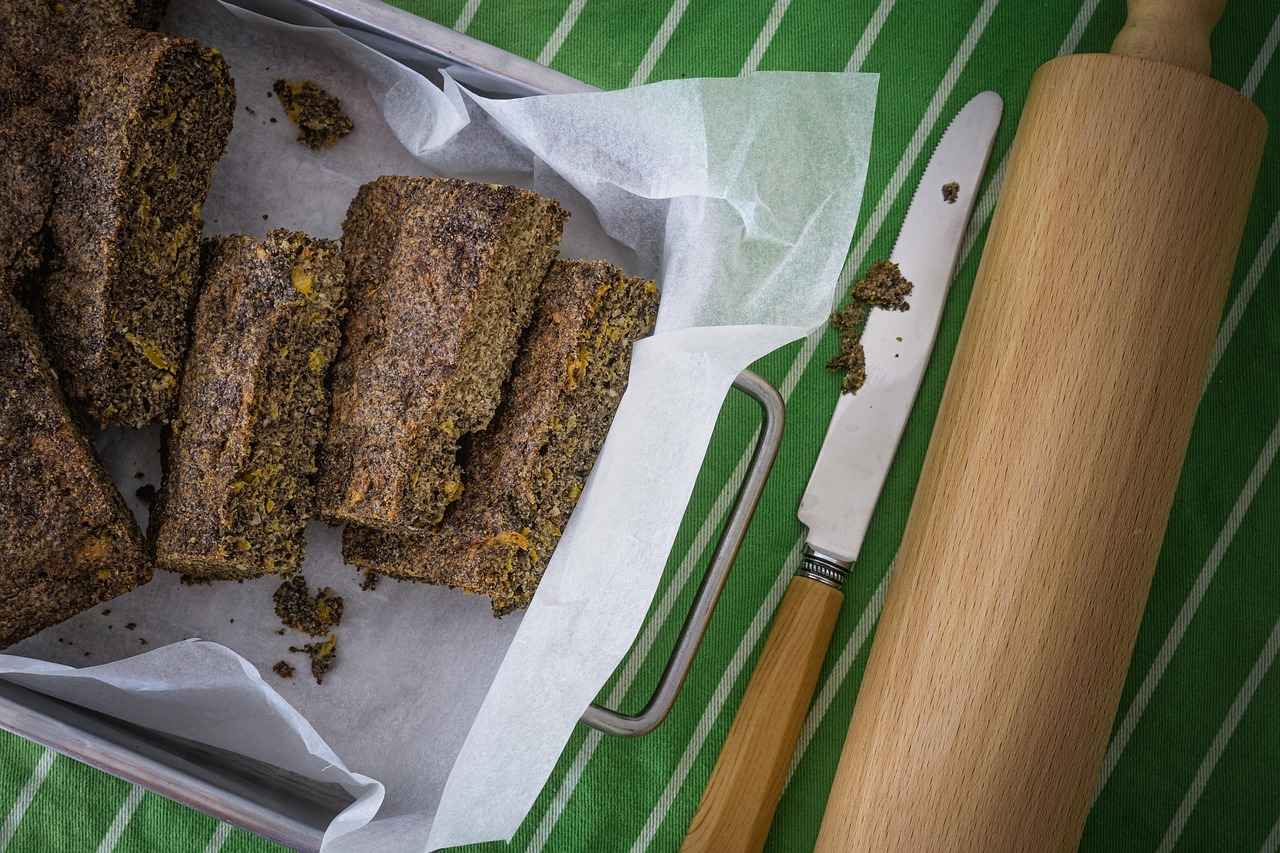
Are There Any Risks or Side Effects of Eating Chia Seeds?
Chia seeds have gained immense popularity as a superfood, particularly for those looking to lose weight. However, while these tiny seeds offer numerous health benefits, it’s essential to understand the risks and side effects associated with their consumption.
Chia seeds are generally considered safe for most individuals, but moderation is key. Some people may experience digestive discomfort if they consume chia seeds in excessive amounts or without adequate hydration. This is primarily due to their high fiber content, which can lead to bloating, gas, or even constipation.
- Digestive Issues: Chia seeds can absorb up to 10-12 times their weight in water. If not consumed with sufficient liquids, they may swell in the digestive tract, causing discomfort.
- Allergic Reactions: Although rare, some individuals may have an allergy to chia seeds, leading to symptoms such as rashes, itching, or swelling.
- Interference with Medications: Chia seeds may affect blood sugar levels and blood pressure. Those on medication for diabetes or hypertension should consult a healthcare provider before adding them to their diet.
To avoid potential side effects, it is advisable to start with small amounts of chia seeds—about 1 teaspoon per day—and gradually increase the serving size as your body adjusts. Always ensure you drink plenty of water when consuming chia seeds to help them expand properly and minimize digestive issues.
Another important factor to consider is individual tolerance. Each person’s digestive system is unique, and what works for one may not work for another. If you notice discomfort after consuming chia seeds, it may be best to reduce your intake or discontinue use altogether.
In summary, while chia seeds are a nutritious addition to a weight loss diet, it is crucial to be aware of the potential risks and side effects. Understanding your body’s response and adjusting your consumption accordingly can help you enjoy the benefits of chia seeds without adverse effects. Always consult with a healthcare professional if you have concerns or pre-existing conditions that may be affected by dietary changes.
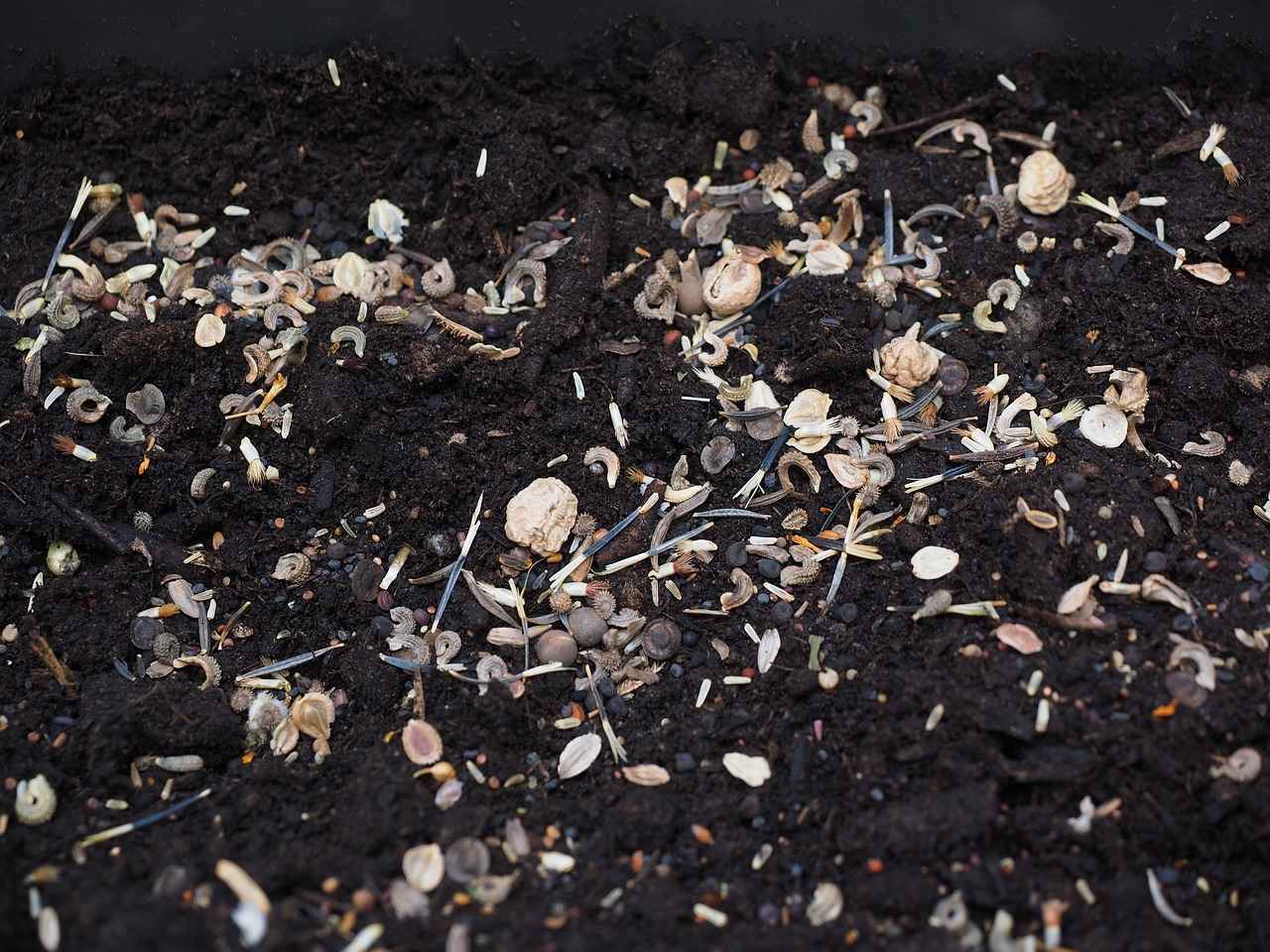
How Much Chia Seeds Should You Consume for Weight Loss?
When it comes to incorporating chia seeds into your diet for weight loss, understanding the right amount to consume is crucial. Chia seeds are not only a fantastic source of nutrients but also play a significant role in promoting satiety and reducing overall calorie intake. So, how much should you actually consume?
A typical serving size of chia seeds is about 1-2 tablespoons per day. This amount is generally considered sufficient to reap the nutritional benefits without risking overconsumption. Each tablespoon of chia seeds contains approximately 58 calories, 2 grams of protein, 5 grams of fiber, and a healthy dose of omega-3 fatty acids. These nutrients contribute to a balanced diet, particularly for those aiming to lose weight.
Consuming 1-2 tablespoons of chia seeds daily provides a concentrated source of nutrients while preventing excessive calorie intake. The high fiber content in chia seeds helps you feel fuller for longer, which can significantly aid in weight management. Additionally, soaking chia seeds before consumption allows them to absorb liquid and expand, creating a gel-like texture that enhances satiety.
To ensure you are consuming the right amount, consider using measuring spoons. Here’s a simple guide to help you:
- 1 tablespoon approximately 15 grams
- 2 tablespoons approximately 30 grams
Measuring your chia seeds can help you keep track of your intake, ensuring you stay within the recommended serving size.
While the standard recommendation is 1-2 tablespoons, it’s important to listen to your body. Some individuals may find that they feel satisfied with less, while others may need a bit more to curb their hunger. Pay attention to how your body responds and adjust accordingly.
Incorporating chia seeds into your meals can be easy and delicious. Consider adding them to:
- Smoothies: Blend chia seeds into your favorite smoothie for added nutrition.
- Oatmeal: Stir chia seeds into your morning oatmeal for extra fiber.
- Salads: Sprinkle chia seeds on salads for a crunchy texture.
- Baked Goods: Substitute chia seeds for eggs in vegan baking recipes.
While chia seeds are generally safe, consuming them in excessive amounts can lead to digestive discomfort due to their high fiber content. It is advisable to increase your intake gradually and ensure you are drinking plenty of water to help your body adjust.
If you are unsure about how much chia seeds to incorporate into your diet, consider consulting with a registered dietitian or nutritionist. They can provide personalized recommendations based on your individual health goals and dietary needs.
In summary, a daily intake of 1-2 tablespoons of chia seeds is recommended for those looking to lose weight. This amount offers a wealth of nutrients while aiding in satiety. By incorporating chia seeds into a balanced diet and listening to your body’s cues, you can effectively harness their benefits for weight management.
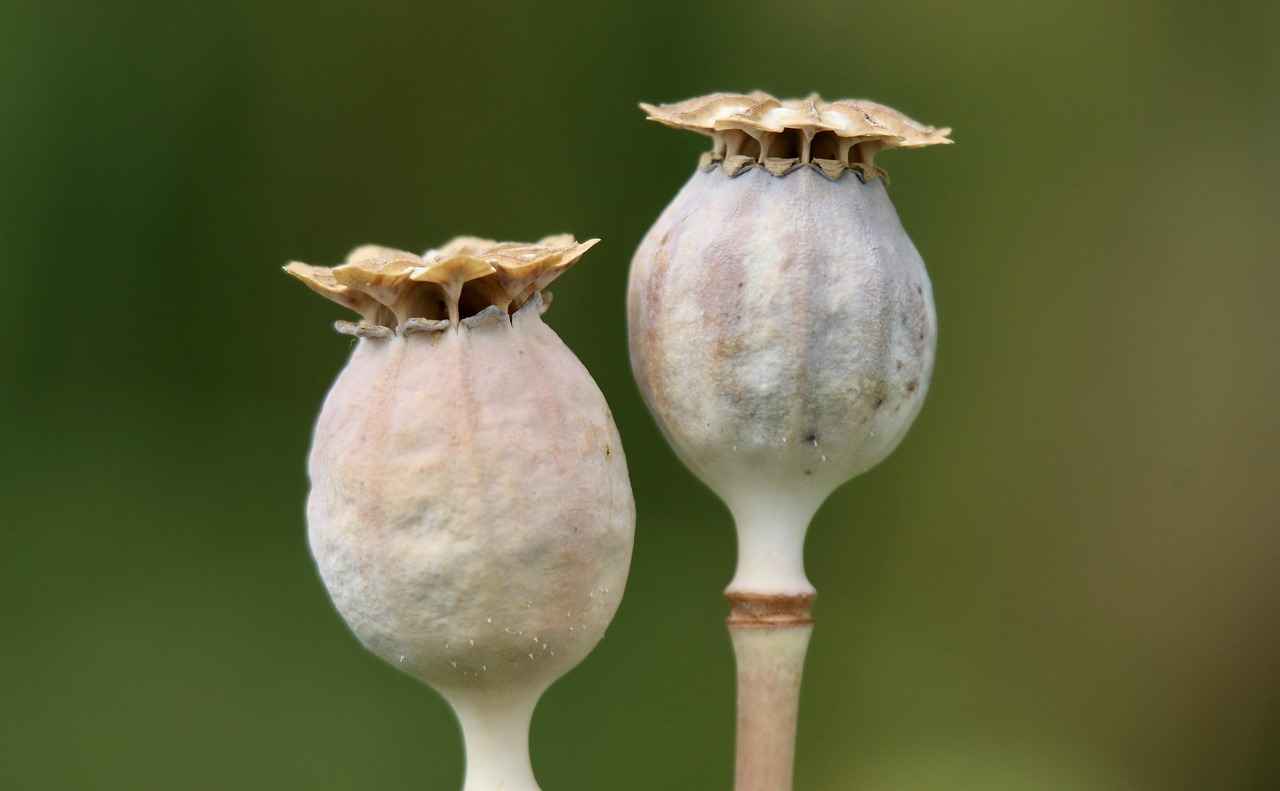
What Recipes Can Help You Enjoy Chia Seeds?
Chia seeds are a remarkable superfood that can be easily incorporated into a variety of delicious recipes. Their versatility makes them a fantastic addition to your diet, especially if you’re looking to enjoy their numerous health benefits. Here are some creative and tasty recipes that highlight the unique properties of chia seeds:
- Chia Pudding: This is a classic way to enjoy chia seeds. Combine 1/4 cup of chia seeds with 1 cup of almond milk and a sweetener of your choice, such as honey or maple syrup. Stir well and let it sit in the refrigerator overnight. In the morning, top it with fresh fruits and nuts for a nutritious breakfast.
- Energy Bars: Make your own energy bars by mixing 1 cup of oats, 1/2 cup of nut butter, 1/4 cup of honey, and 1/4 cup of chia seeds. Press the mixture into a baking dish and refrigerate until firm. Cut into bars for a healthy snack on the go.
- Chia Seed Smoothie: Blend 1 banana, 1/2 cup of spinach, 1 tablespoon of chia seeds, and 1 cup of coconut water for a refreshing smoothie. This drink is not only delicious but also packed with nutrients that will keep you energized throughout the day.
- Chia Seed Jam: Create a quick jam by mashing 1 cup of your favorite berries and mixing in 2 tablespoons of chia seeds and a sweetener, if desired. Let it sit for about 30 minutes until it thickens. Spread it on toast or use it as a topping for yogurt.
- Chia Seed Salad Dressing: Whisk together 1/4 cup of olive oil, 2 tablespoons of apple cider vinegar, 1 tablespoon of chia seeds, and your choice of herbs. This dressing adds a delightful crunch and healthy fats to your salads.
These recipes not only showcase the versatility of chia seeds but also make it easy to incorporate them into your daily meals. By experimenting with these ideas, you can enjoy the health benefits of chia seeds while indulging in delicious flavors. Whether you prefer sweet or savory dishes, there’s a chia seed recipe to suit your taste!
Incorporating chia seeds into your diet is not only beneficial for weight loss but also enhances your overall nutrition. Their ability to absorb liquid and expand in your stomach helps you feel fuller longer, which can aid in reducing calorie intake. So, try these recipes and discover how enjoyable and satisfying chia seeds can be!
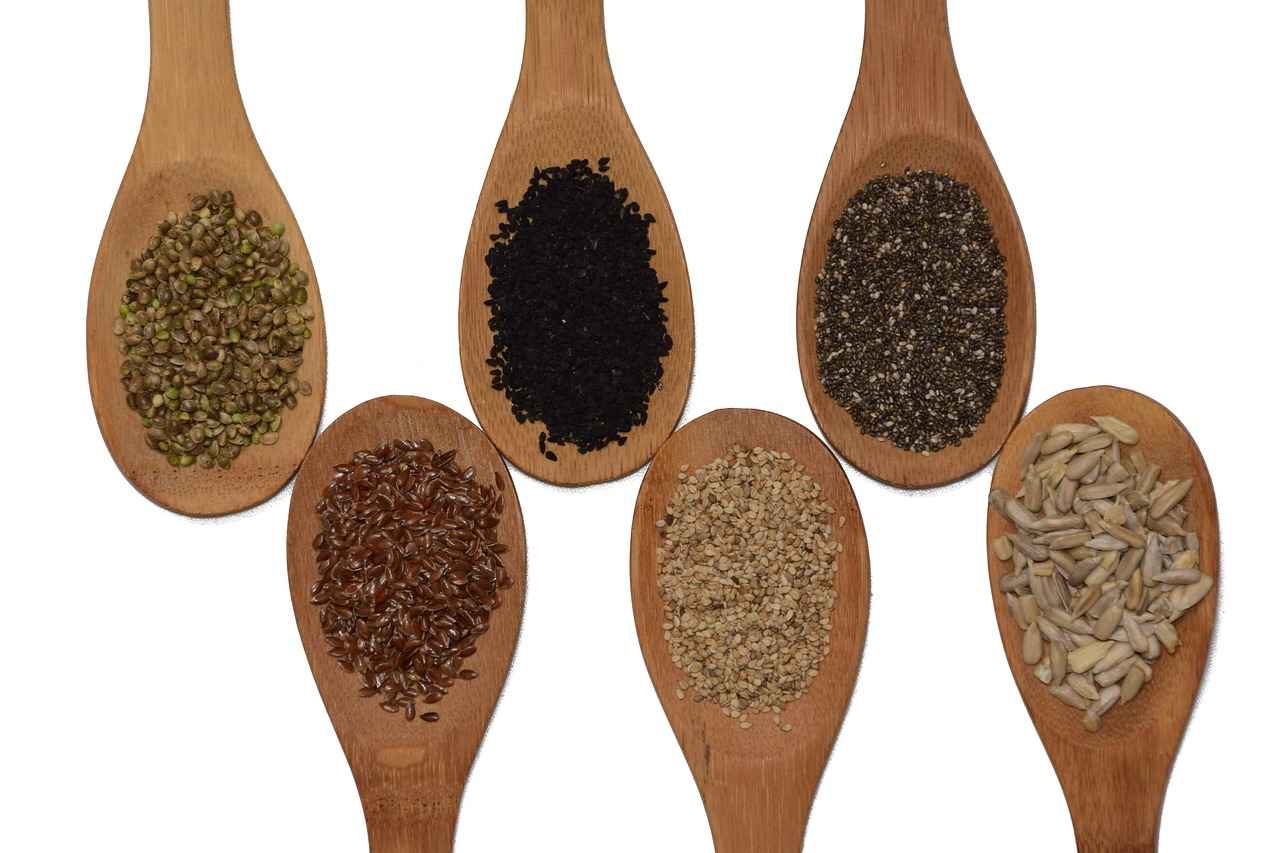
How Do Chia Seeds Compare to Other Superfoods?
When it comes to superfoods, chia seeds are often placed in the spotlight alongside other nutritional powerhouses like flaxseeds and hemp seeds. Each of these seeds brings its own array of health benefits, yet chia seeds are particularly noteworthy due to their exceptional versatility and fiber content.
Chia seeds are tiny black and white seeds derived from the Salvia hispanica plant, native to Mexico and Guatemala. They are rich in nutrients, including omega-3 fatty acids, protein, and a remarkable amount of dietary fiber. In fact, just one ounce (about 28 grams) of chia seeds contains approximately 11 grams of fiber, which is essential for digestive health and can aid in weight management.
In comparison, flaxseeds are also high in fiber and omega-3 fatty acids, but they contain lignans, which have antioxidant properties. On the other hand, hemp seeds are an excellent source of protein and essential fatty acids but are lower in fiber compared to chia seeds. This makes chia seeds a superior choice for those looking to increase their fiber intake, which can help promote satiety and support weight loss efforts.
Another notable advantage of chia seeds is their ability to absorb liquid and form a gel-like consistency. This unique property allows them to be easily incorporated into various dishes such as smoothies, puddings, and baked goods, enhancing texture and nutritional value. In contrast, flaxseeds need to be ground to unlock their nutrients, while hemp seeds can be eaten whole but do not offer the same gelling ability.
Chia seeds also stand out for their convenience. They require no preparation—simply sprinkle them on your meals or mix them into your favorite recipes. This is particularly appealing for individuals with busy lifestyles who are seeking easy ways to boost their nutrient intake.
- Fiber Content: Chia seeds contain more fiber per serving than both flaxseeds and hemp seeds.
- Omega-3 Fatty Acids: All three seeds provide omega-3s, but chia seeds offer a plant-based source that is easy to digest.
- Versatility: Chia seeds can be used in a wider variety of dishes due to their gelling properties.
Despite their numerous benefits, it’s essential to consume chia seeds in moderation. While they are generally safe, excessive intake without adequate hydration can lead to digestive discomfort. Therefore, it’s recommended to start with a small amount and gradually increase your intake while ensuring you drink plenty of water.
In summary, while flaxseeds and hemp seeds each have their unique health benefits, chia seeds emerge as a standout superfood due to their high fiber content, versatility in cooking, and ease of use. Incorporating chia seeds into your diet can be a simple yet effective way to enhance your overall health and support your weight loss journey.

What Are Expert Recommendations for Using Chia Seeds?
Nutritionists and health experts consistently emphasize the importance of incorporating chia seeds into a well-rounded diet. These tiny seeds are not just a trendy superfood; they are a powerhouse of nutrients that can significantly enhance your overall health. When combined with regular exercise and a balanced diet, chia seeds can play a crucial role in supporting weight loss goals.
Chia seeds are packed with essential nutrients, including fiber, protein, and omega-3 fatty acids. Their high fiber content promotes a feeling of fullness, which can help manage appetite and reduce overall calorie intake. Nutritionists recommend starting with a small amount, such as 1-2 tablespoons per day, and gradually increasing your intake as your body adjusts. This approach not only helps in weight management but also ensures that you receive the full range of health benefits these seeds offer.
To maximize the benefits of chia seeds, experts suggest incorporating them into various meals throughout the day. Here are some effective methods:
- Breakfast Boost: Add chia seeds to your morning smoothie or yogurt for an extra nutrient kick.
- Salads and Dressings: Sprinkle chia seeds on salads or mix them into salad dressings for added texture and nutrition.
- Baking: Incorporate chia seeds into baked goods like muffins or bread to enhance their fiber content.
- Hydration: Soak chia seeds in water or juice to create a gel-like consistency, which can be added to various recipes.
Nutritionists also highlight the importance of hydration when consuming chia seeds. Since they absorb a significant amount of liquid, it’s essential to drink plenty of water to avoid any digestive discomfort. This is particularly important for those new to chia seeds, as their high fiber content can lead to bloating or gas if introduced too quickly.
Moreover, chia seeds can be an excellent addition to weight loss smoothies. They not only enhance the nutritional profile of your smoothie but also contribute to a more satisfying drink, which can help curb cravings throughout the day. By blending chia seeds with fruits, vegetables, and a source of protein, you can create a delicious and filling meal replacement.
While chia seeds are generally safe for most individuals, nutritionists advise caution for those with certain medical conditions, such as gastrointestinal disorders. It’s always best to consult with a healthcare provider before making significant changes to your diet, especially if you have existing health concerns.
In summary, integrating chia seeds into your diet is a simple yet effective way to enhance your nutritional intake and support your weight loss efforts. By following expert recommendations and being mindful of your body’s responses, you can enjoy the numerous benefits these tiny seeds have to offer.
Frequently Asked Questions
- How do I prepare chia seeds for consumption?
To prepare chia seeds, simply soak them in water or your favorite liquid for about 15-30 minutes. This allows them to expand and form a gel-like consistency, making them easier to digest and more enjoyable in your meals.
- Can I eat chia seeds every day?
Absolutely! In fact, incorporating chia seeds into your daily diet can offer numerous health benefits. Just remember to stick to a serving size of 1-2 tablespoons to avoid any digestive discomfort.
- What are some easy ways to add chia seeds to my meals?
You can sprinkle chia seeds on top of yogurt, blend them into smoothies, or mix them into oatmeal. They also work great in baking recipes like muffins and energy bars!
- Are there any side effects of eating chia seeds?
While chia seeds are generally safe, some people may experience bloating or digestive issues if they consume too many without drinking enough water. It’s best to start with smaller amounts and increase gradually.
- How do chia seeds compare to flaxseeds?
Chia seeds and flaxseeds both offer health benefits, but chia seeds are higher in fiber and can absorb more liquid, making them a great option for hydration and satiety.


